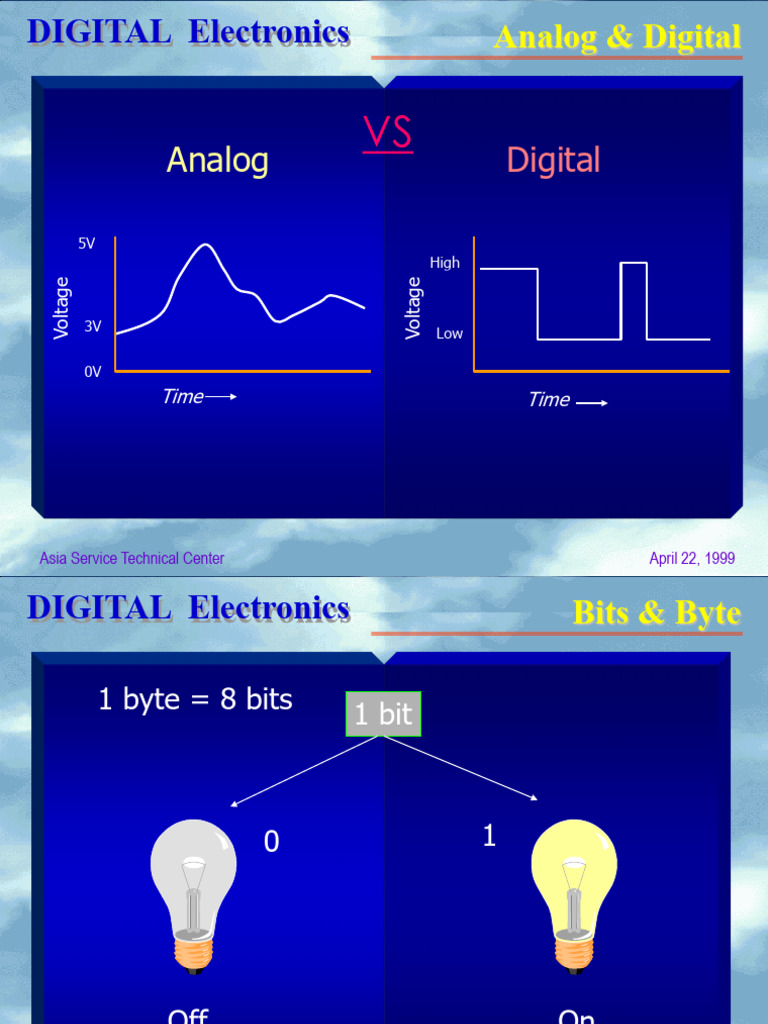The digital epoch, characterized by rapid technological advancements, can be likened to a colossal tapestry woven from threads of logic and reasoning. At the heart of this intricate design lie logic gates—fundamental building blocks of digital circuits that govern the behavior of computers and numerous electronic devices. Their relevance extends far beyond the confines of traditional computing and beckons exploration into exhilarating realms of the future.
To appreciate the significance of logic gates in the burgeoning landscape of technology, one must first grasp their fundamental nature. Logic gates perform basic logical functions that are fundamental to digital circuits. They process binary inputs—typically represented by 0s and 1s—and yield a singular output based on predefined logical operations. In essence, logic gates are akin to the neurons in a brain, engaged in a continuous dialogue of decision-making. This neural-like behavior serves as the foundation for more complex processes, rendering logic gates indispensable in both current applications and future innovations.
The confluence of artificial intelligence (AI) and logic gates warrants particular attention. The modern pursuit of AI systems is predicated on the capacity for machines to mimic human thought processes—an ambition rooted in the binary computations orchestrated by logic gates. As neural networks evolve, the sophistication of AI algorithms ascends to new heights, rendering logic gates pivotal in their operational architecture. Notably, the advancement of quantum computing introduces a paradigm shift that transcends the classical capabilities of traditional gates. Here, the superposition principle allows quantum logic gates to process myriad possibilities simultaneously, enabling faster and more efficient computations. The consequences of this shift are profound, hinting at a robust future where AI might achieve unparalleled degrees of cognitive prowess.
Moreover, with the surging prevalence of vast data ecosystems, the demand for precise data manipulation accentuates the relevance of logic gates. In our hyper-connected society, the Internet of Things (IoT) proliferates an array of devices, ranging from household appliances to industrial machinery, all communicating and processing data incessantly. Logic gates facilitate the decision-making processes within thousands of these devices, ensuring interoperability and efficiency. As data streams burgeon and the volume of information escalates, the need for integrated systems that can deftly handle this complexity implies an even greater reliance on the underpinning logic gates. They serve as the crucial linchpins that ensure coherent and effective communication across these extensive networks.
The future of human-technology interaction is also poised for transformation through the integration of logic gates in advanced user interfaces. Emerging trends such as virtual reality (VR) and augmented reality (AR) hinge on the principles of rendering seamless interactions between real and virtual environments. Logic gates enable the instantaneous processing and response to user commands, crafting a fluid experience that enhances engagement and immersion. As the demand for intuitive interfaces expands, logic gates will not only play a vital role in their development but will also be integral in shaping the very fabric of human experience in digital realms.
Furthermore, the impending evolution of smart cities showcases the essential nature of logic gates in urban environments. With the ambition of building interconnected, efficient, and sustainable cities, city planners rely on intricate networks of sensors, cameras, and actuators to manage resources effectively. Logic gates allow these components to make real-time decisions, processing data from numerous inputs to optimize traffic flow, reduce energy consumption, and enhance public safety. Through the lens of logic gates, the ambition of transforming urban centers into technologically advanced ecosystems becomes attainable—representing not just progress, but a reimagining of modern living.
Beyond mere technological application, the philosophical implications of logic gates provoke thought on the nature of decision-making itself. As machines become increasingly adept at emulating human choices, ethical quandaries arise surrounding autonomy and the human experience. Logic gates symbolize the delimitations of human decision-making, framing the binary choices that govern countless aspects of existence. The increasing sophistication of machine learning—rooted in logic gate functions—raises pertinent questions about the future relationship between humanity and autonomous systems. As these questions unfold, they prompt a reexamination of what it means to think, decide, and act, urging us to consider the broader implications of our technological creations.
Ultimately, the prospects for logic gates in the future brim with potential, underscoring their critical role in shaping the trajectory of technology. Their influence culminates in a convergence of areas, from AI to IoT, from smart cities to human-computer interaction, evidencing their unparalleled significance. As we navigate this digital renaissance, the metaphor of logic gates as both gateways and guardians of innovation resonates profoundly. They are not merely components of electronic circuits; they represent the essence of decision-making, a bridge between human ingenuity and mechanical execution. In this uncharted landscape, the journey ahead is as exhilarating as it is vital, with logic gates leading the charge into a future replete with possibility and promise.












